Nagasaki is a strange city. It’s strange in the sense that in many ways, it feels very “un-Japanese”.
For one, it doesn’t seem to have the quirks that make Japan the endearingly eccentric country that it is. Things like giant mechanized robots and oddball restaurant concepts are nowhere to be found here. There’s no hi-tech subway system or young people sporting off-the-wall fashion trends.
Instead, it has the first Chinatown I’ve ever seen in Japan. It has Catholic churches and Western-style houses, many of which are the oldest in the country. It has an aboveground vintage tram system reminiscent of San Francisco’s iconic cable cars. And the food.
A few of Nagasaki’s core dishes have Portuguese, Chinese, and American influences. They even have a bizarre dish called toruko raisu or “Turkish rice”, which is a mashup of pilaf rice and spaghetti topped with a pork cutlet drenched in sauce! How odd indeed!
Much of this “un-Japanese-ness” has to do with Nagasaki’s prominence as a port city. From the 16th to the 19th centuries, it was the only port in the country open to foreign trade, hence the proliferation of foreign influences. It felt like a throwback city in many ways, one that was starkly different from anything else I had experienced so far in Japan.
VISIT NAGASAKI QUICK LINKS
To help you with your Nagasaki trip planning, I’ve put together links to recommended hotels, tours, and other travel-related services here.
HOTELS
Top-rated hotels around Nagasaki Station, the most convenient area to stay for first-time visitors to the city.
- Luxury: Nagasaki Marriott Hotel
- Midrange: JR Kyushu Hotel Nagasaki
- Budget: Hostel Casa Noda
TOURS
- Sightseeing Tour: Nagasaki Like a Local – Customized Guided Tour
- Gunkanjima: Battleship Island Cruise in Nagasaki
- Theme Park: Huis Ten Bosch Tickets
- Cooking Class: Cooking Classes in Nagasaki
OTHER SERVICES
GUIDE TABLE OF CONTENTS
NAGASAKI AT A GLANCE
Nagasaki is the capital city of Nagasaki Prefecture in Kyushu. As described, it was a prominent port city throughout much of its history and was the only port open to foreign trade during Japan’s era of isolation.
When Japan reopened its doors to diplomatic relations during the Meiji period, Nagasaki was declared a free port which created a flourishing community of British, Dutch, American, and Russian traders. From its architecture to its food, these foreign influences helped shape the Nagasaki of today.
Devastated by an atomic bomb in World War II, Nagasaki is remembered as the last city in the world to experience a nuclear attack. The city has been rebuilt since then.
BEST TIME TO VISIT NAGASAKI
Nagasaki is located in Southern Japan so the weather here is relatively mild year-round. It doesn’t experience extreme weather changes like cities in the Hokkaido and Tohoku regions. My last visit was in February which is the height of winter but even then it was still pleasant and not too cold.
Like many cities in Japan, the best time to visit Nagasaki is in the spring for the cherry blossoms and in autumn for the turning of the leaves.
WHERE TO STAY IN NAGASAKI
Around Nagasaki Station is the most convenient area to stay for first-time visitors to Nagasaki. It’ll put you close to the city’s top tourist attractions, restaurants, shops, and transportation hubs.
You can search for hotel listings around Nagasaki Station on Booking.com or Agoda. Here are a few of the most highly-rated hotels in the area:
- Luxury: Nagasaki Marriott Hotel
- Midrange: JR Kyushu Hotel Nagasaki
- Budget: Hostel Casa Noda
You can also book hotels and homestays in Nagaski using the handy map below.
THINGS TO DO IN NAGASAKI
Visit Gunkanjima (Battleship Island)
Hashima Island is one of the most unique attractions I’ve ever visited on a trip. Nicknamed Gunkanjima or “Battleship Island”, because of its shape, Hashima Island is a former coal mining community about 19 km (11.8 miles) from Nagasaki Port. Abandoned since 1974, it was inscribed as a UNESCO World Heritage site in 2015.
If you enjoy visiting odd destinations, then you should definitely book a tour to this island. Fans of James Bond films may recognize it as the inspiration for Raoul Silva’s hideout in Skyfall.
I arranged for a tour with Gunkanjima Concierge but you can book a Gunkanjima tour through Klook as well.
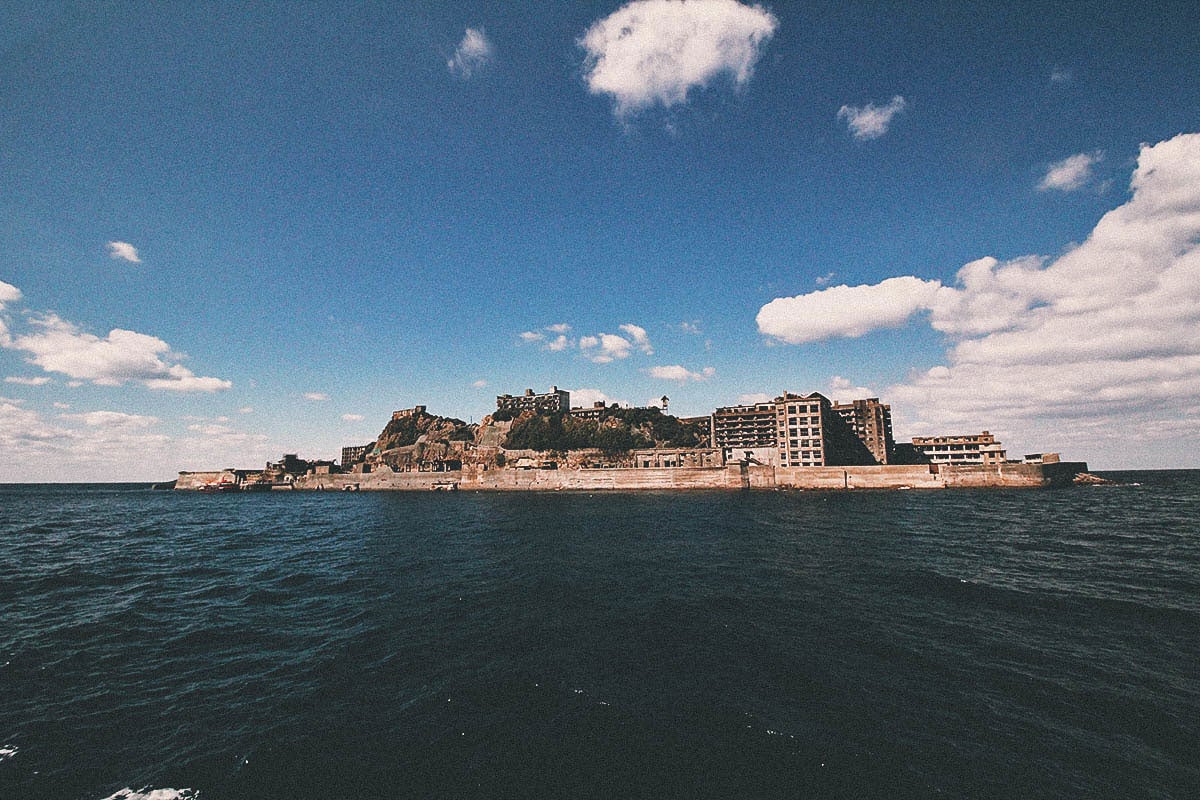
Revisit History at the Atomic Bomb Museum and Nagasaki Peace Park
This was the number one attraction I wanted to visit in Nagasaki, and I’m sure many visitors to the city feel the same way. As students, we had learned so much about WWII and the atomic bomb but all that information was confined to books.
Being here in Nagasaki, visiting this museum and seeing actual debris from the bombing gave me a much deeper understanding of that event. It put a face to the tragedy. You don’t leave this museum with the most joyous of feelings but you can’t visit Nagasaki without spending a couple of hours here.
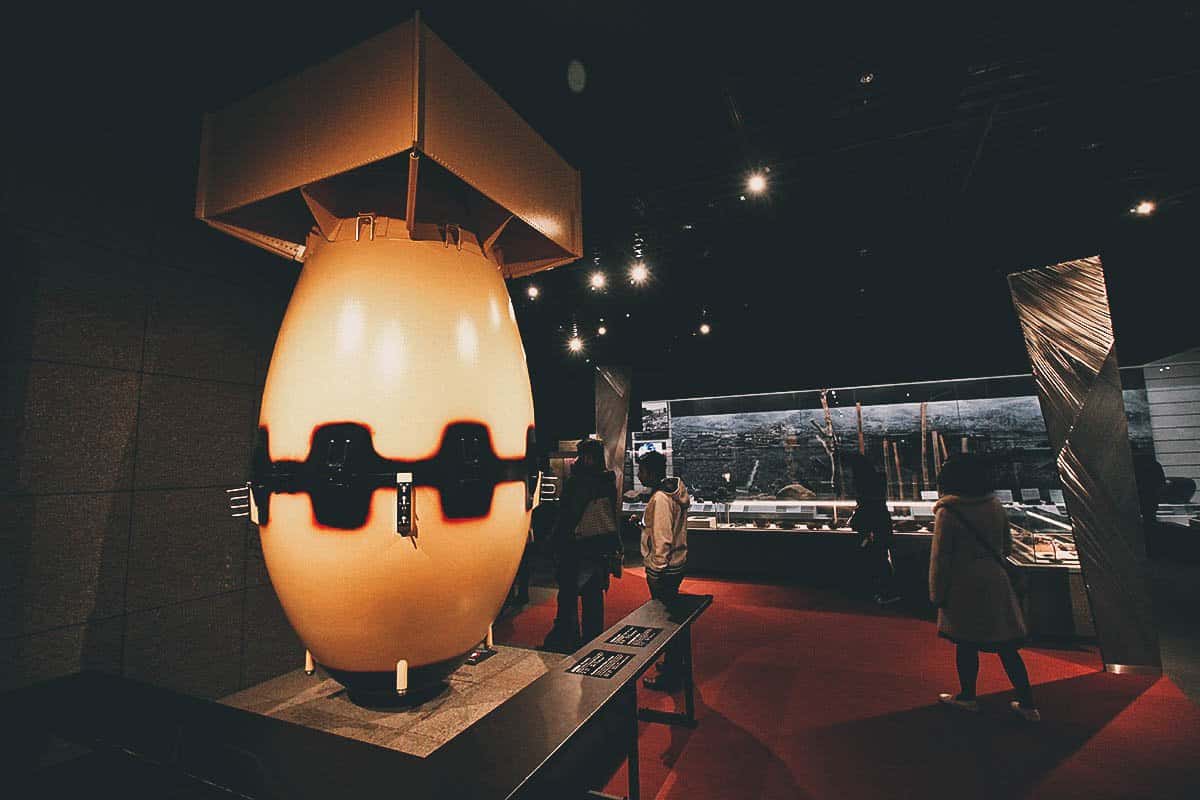
Visit Glover Garden, the Oldest Surviving Western-style House in Japan
Glover Garden is an open-air museum and one of Nagasaki’s most popular tourist attractions. It was the former home of Thomas Blake Glover, a Scottish merchant who was a key figure in the industrialization of Japan.
Set on a hill with beautifully landscaped gardens overlooking Nagasaki Harbor, it’s key feature is the former Glover Residence which is the oldest surviving Western-style house in the country.
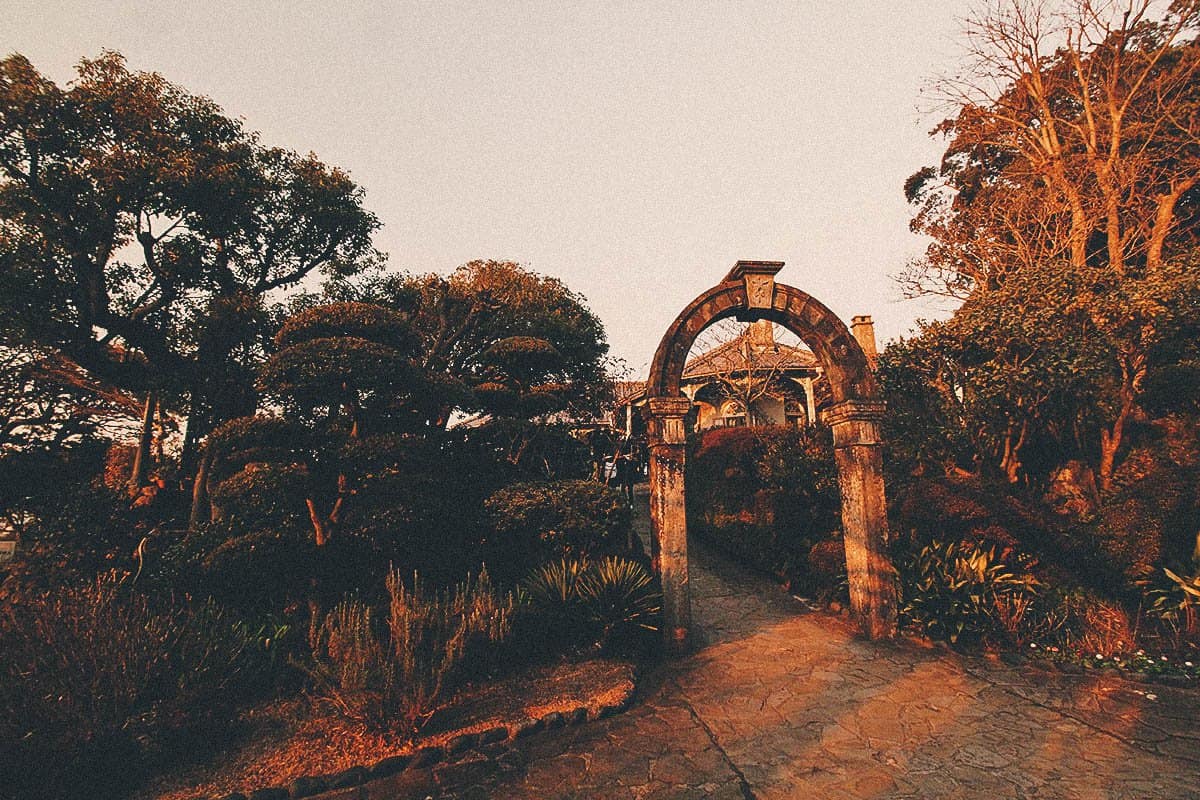
Enjoy the View at Inasayama (Mt. Inasa)
Inasayama or Mt. Inasa is a 333 meter high (1,093 ft) mountain in Nagasaki. At the top you’ll find this open-air deck that gives you 360° views of Nagasaki City and Harbor. Considered one the three great night views in Japan, the view from Mt. Inasa is so spectacular that it’s often referred to as the “10 million dollar night view”.
To get to the peak, you can ride the Nagasaki Ropeway – a stylish gondola designed by Kiyoyuki Okuyama. He’s an internationally renowned industrial designer who’s created designs for luxury car brands like Ferrari and Porsche.
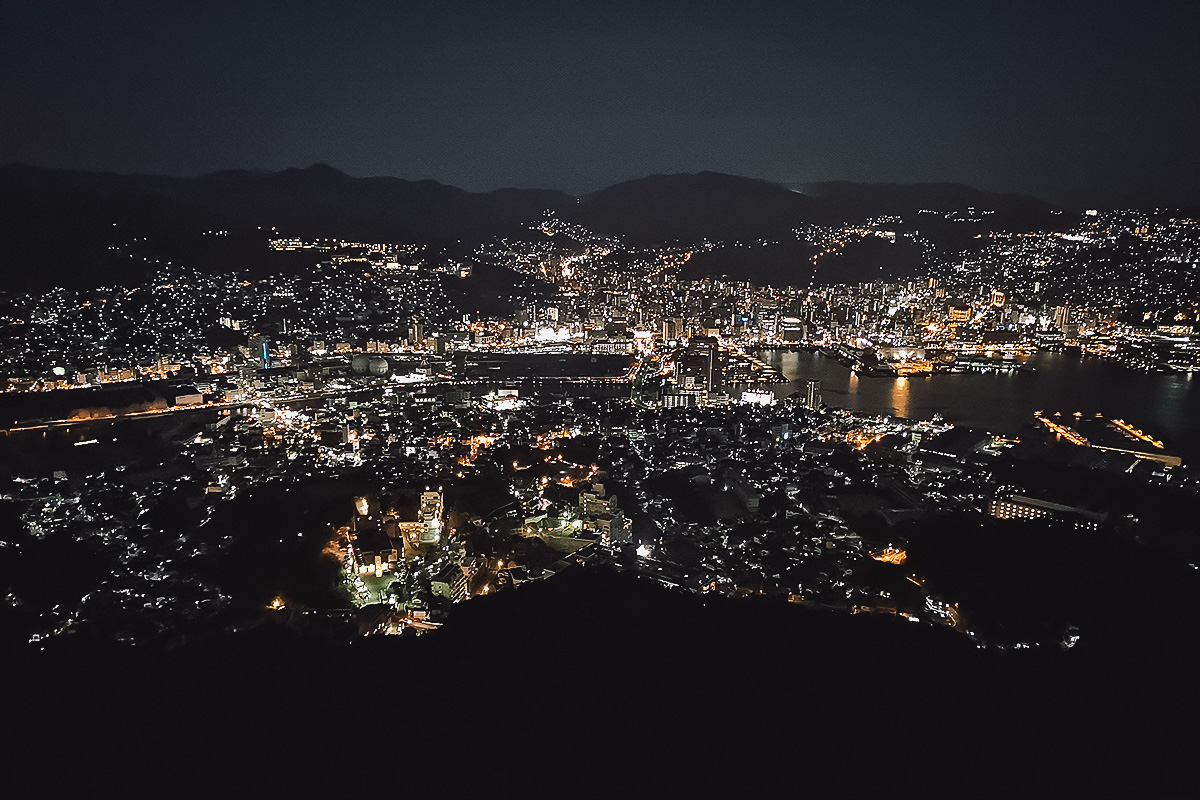
Explore Japan’s Oldest Chinatown
If you find yourself having a sudden craving for Chinese food in Japan, then you’re in the right city. Nagasaki is home to one of just three Chinatowns in all of Japan, the other two being in Yokohama and Kobe.
Because Nagasaki was the only port open to foreign trade during the Edo period, it was the only Japanese city Chinese traders could visit at the time. Some settled here and established the country’s oldest Chinatown.
When you visit, be sure to try Japanese-Chinese fusion dishes like champon and sara udon.
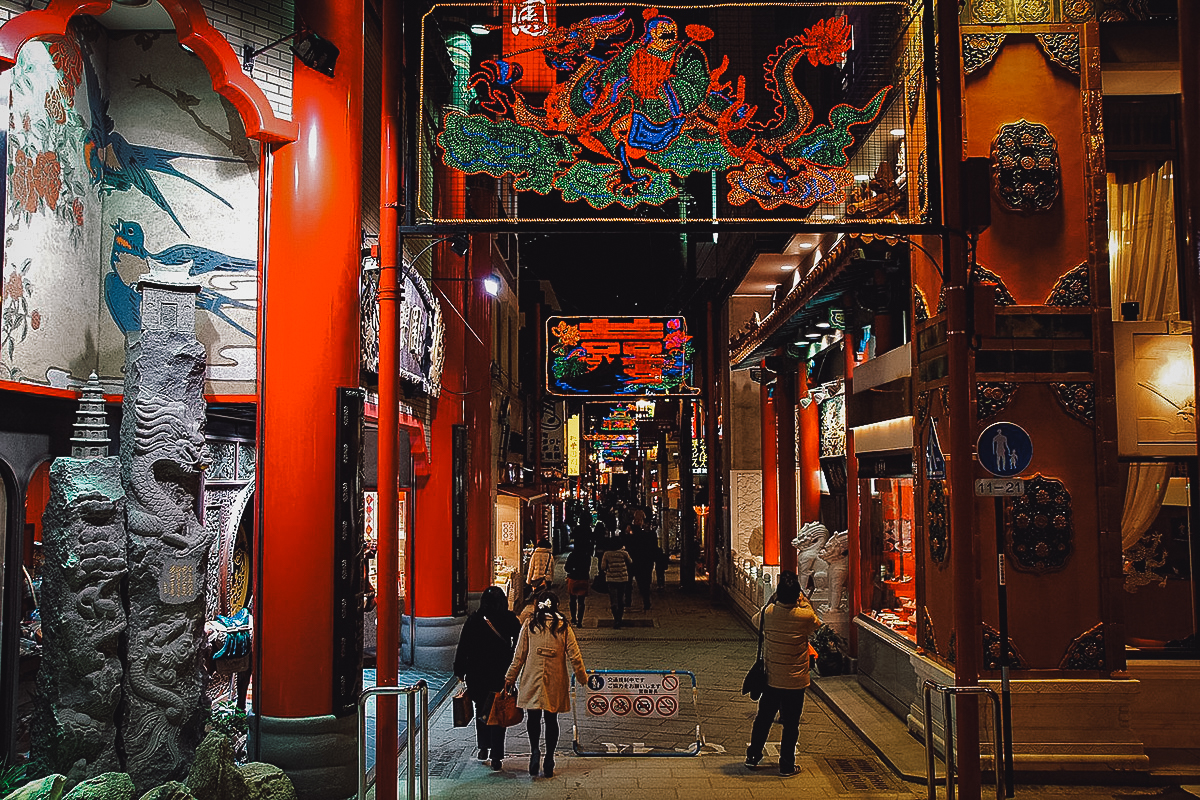
Photo by 663highland, CC BY-SA 3.0, via Wikimedia Commons / Processed in Photoshop and Lightroom
Visit the Nagasaki Museum of History & Culture
If you find Nagasaki’s multiculturalism fascinating, then there’s no better place to learn about it than at the Nagasaki Museum of History and Culture. This museum tells the story of Japan’s relationship with its three main trading partners during its period of isolation – China, the Netherlands, and Korea.
The Nagasaki Museum of History and Culture is located about a 15-minute walk from Nagasaki Station, but it’s only five minutes away from the Sakuramachi tram stop.
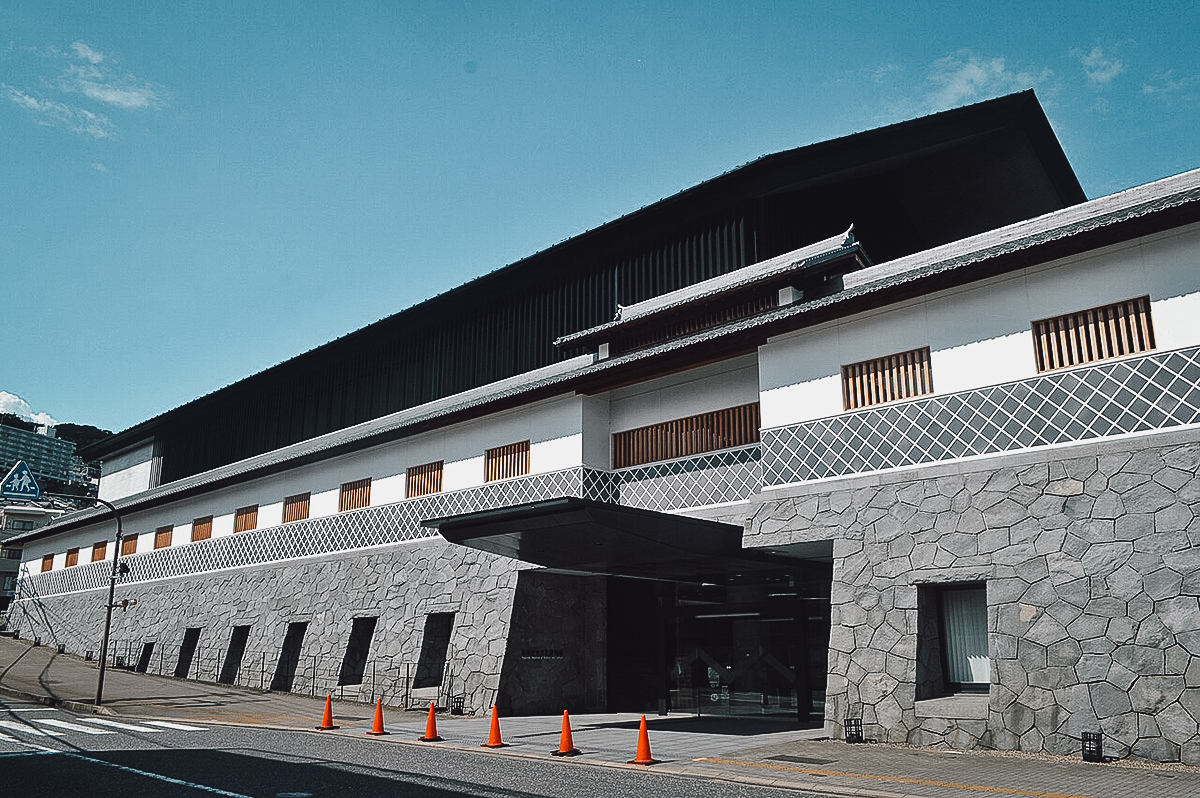
Photo by Asturio Cantabrio, CC BY-SA 4.0, via Wikimedia Commons / Processed in Photoshop and Lightroom
Learn How to Make Champon
If you’re adept in the kitchen and want to learn how to make Nagasaki’s signature dish – champon – then you may be interested in this cooking class on airKitchen.
Champon is a Japanese-Chinese ramen noodle dish made by frying pork, seafood, and vegetables with lard, then pouring in a soup made with chicken and pig bones. It’s delicious and one of the core dishes of Nagasaki regional cuisine.
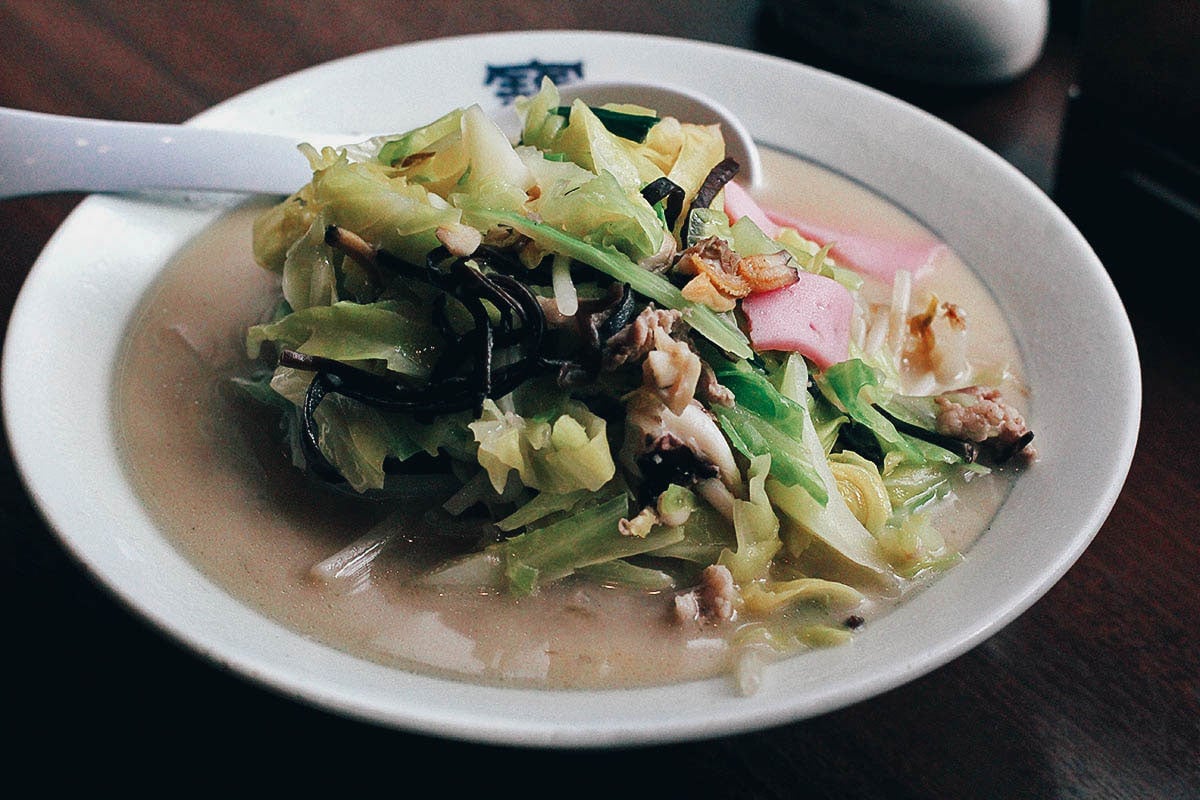
DAY TRIPS FROM NAGASAKI
Huis Ten Bosch
Nagasaki looks and feels quite different from the rest of Japan. Huis Ten Bosch is another testament to that.
Huis Ten Bosch is a theme park that looks like a replica of the Netherlands. It features 17th-century Dutch-style buildings with windmills, canals, flower parks, and amusement park rides. If you’re staying long enough and would like to visit another European-inspired destination in Nagasaki, then this may be a great place to spend the day.
Huis Ten Bosch is located over an hour north of downtown Nagasaki. You can get there by JR train (to Huis Ten Bosch station) and purchase entrance tickets at the gate or in advance through Klook.
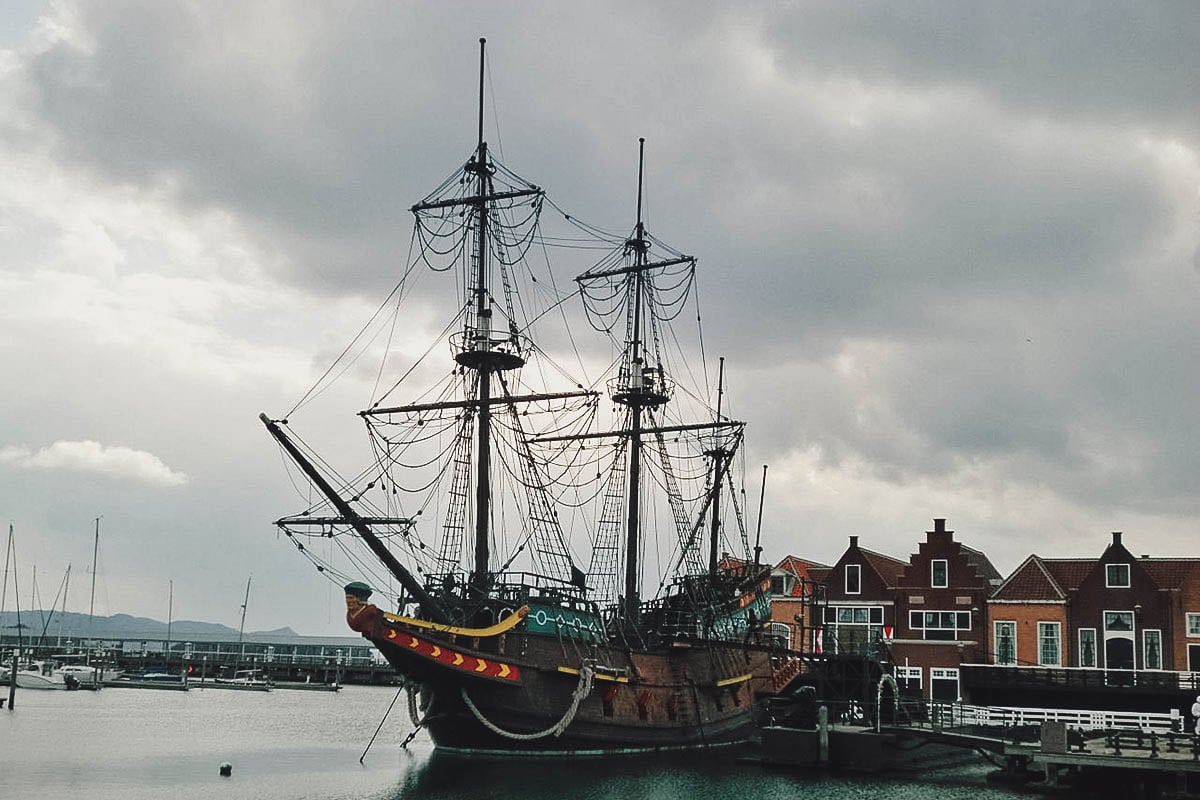
Photo by Nissy-KITAQ, CC BY-SA 3.0, via Wikimedia Commons / Processed in Photoshop and Lightroom
Kujukushima
Kujukushima or Kujuku Islands refers to a cluster of islands on the west coast of Kitamatsuura Peninsula, about 2 hours north of downtown Nagasaki. It’s a long-ish journey but people who make the trip will be rewarded with gorgeous sunset views while cruising the islands on a multi-deck ferry (that looks like a pirate ship).
The name Kujuku-shima literally means “ninety-nine islands” but the actual number of islands amounts to over two hundred. I don’t remember the scene but Kujukushima was apparently featured in the opening credits of the Last Samurai with Tom Cruise.
Kujukushima is accessible by JR train and bus and you can purchase cruise tickets in advance through Klook.
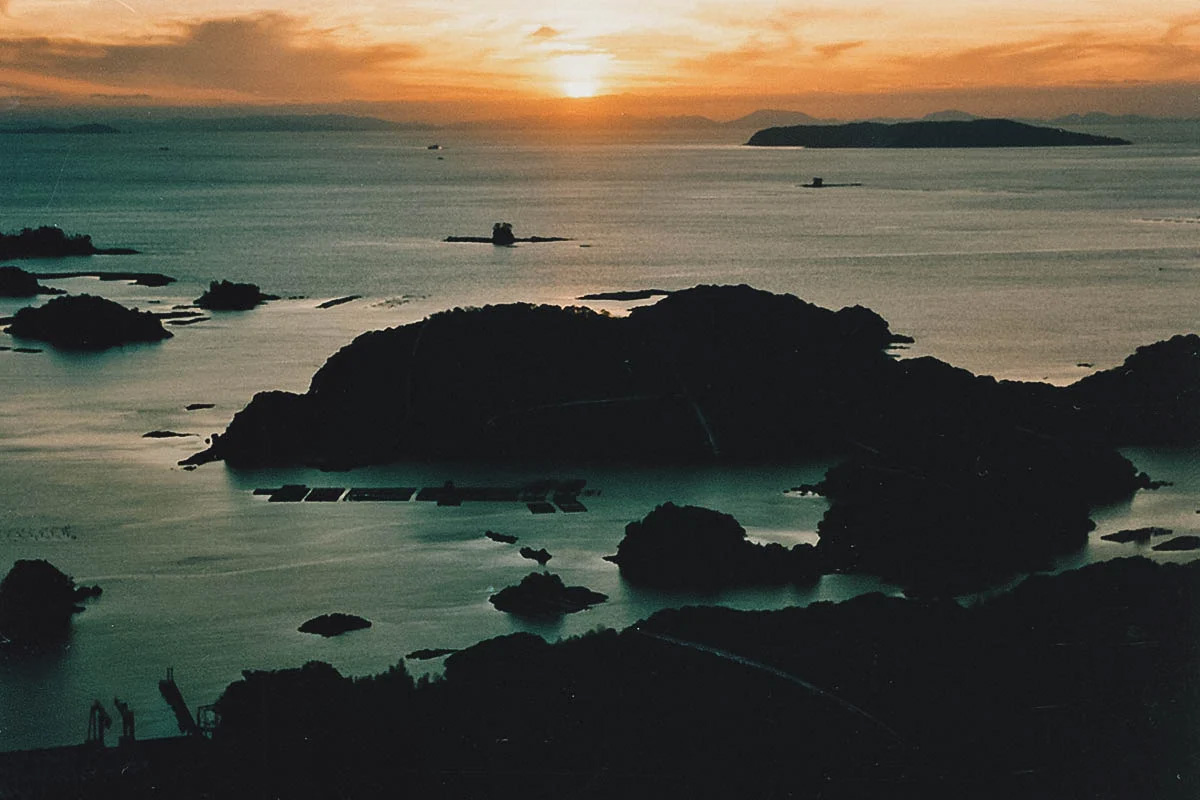
Photo by Sasebo, Public domain, via Wikimedia Commons / Processed in Photoshop and Lightroom
VISIT NAGASAKI FAQs
Is Nagasaki worth visiting?
It depends. Gunkanjima and the Atomic Bomb Museum are extremely interesting but the city as a whole feels a bit heavier than other destinations in Japan. I’m glad I went but Nagasaki isn’t a city I’d probably want to visit again.
How many days do I need in Nagasaki?
If you don’t mind rushing, then it’s possible to see Nagasaki’s highlights in one full day. You can do the Gunkanjima cruise in the morning, followed by lunch and a visit to the Atomic Bomb Museum (and Glover Garden if you wish) before taking the ropeway up to Mt. Insasa’s viewing platform at night.
Is it easy to get around in Nagasaki?
Yes, but not as quickly as you can in bigger, more modern cities. Nagasaki doesn’t have a high-speed subway system. Instead, it utilizes an aboveground vintage tram system similar to the cable cars of San Francisco.
If you plan on visiting Nagasaki’s highlights in just one full day, then the one-day tram pass will be a good investment. It’ll give you unlimited rides on Nagasaki’s tram system for one calendar day. You can pick one up at the Tourist Information Center located on the ground floor of JR Nagasaki Station.
THE FINAL SAY
Nagasaki isn’t for everyone. It isn’t the Japan that most first-time visitors expect to find, plus it may leave you feeling a little sad. Visiting the Atomic Bomb Museum felt like entering a crypt. Everyone was so quiet you could hear a pin drop.
Having said that, Nagasaki is a unique destination that’s different from most cities in Japan. Gunkanjima alone is worth the trip, so if you’ve been to Japan a few times and want to go off the tourist trail, then Nagasaki is a good city to spend a couple of days in.
Disclosure
This Nagasaki travel guide contains affiliate links that will earn us a small commission if you make a purchase at no extra cost to you. We only recommend products and services that we use ourselves and firmly believe in. We really appreciate your support as this helps us make more of these free travel guides. Arigato gozaimasu!
